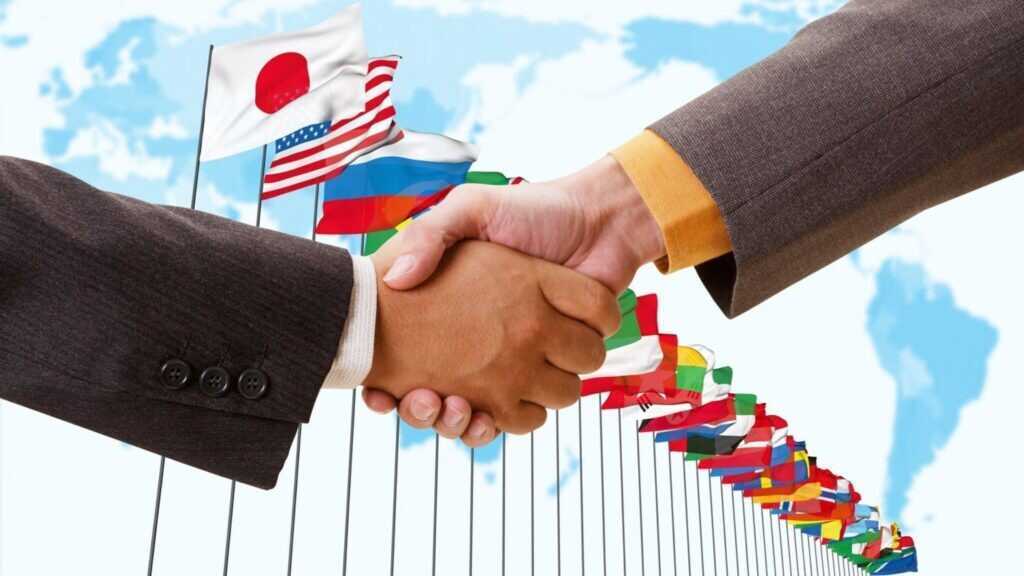What is a Free Trade Agreement (FTA)?
A Free Trade Agreement (FTA) is a treaty between two or more countries that facilitates trade by reducing or eliminating tariffs, duties, and other trade restrictions on goods and services exchanged between the member nations. The primary objective of an FTA is to promote free trade and foster economic cooperation among the participating countries.
FTAs cover a wide range of areas, including the trade of goods, services, and intellectual property, as well as investment and regulatory measures. By removing or minimizing trade barriers, FTAs create a more level playing field for businesses, making it easier and more cost-effective to access new markets and customers.
Key Benefits of FTAs
- Reduced Tariffs: One of the most significant advantages of FTAs is the reduction or elimination of tariffs on imports and exports. Lower tariffs mean that businesses can offer their products at more competitive prices, leading to increased sales and market share.
- Market Access: FTAs open doors to new markets by providing businesses with easier access to foreign customers. With fewer barriers to entry, companies can expand their operations and tap into new growth opportunities in international markets.
- Increased Competitiveness: By reducing the cost of trade, FTAs help businesses become more competitive on the global stage. Companies can optimize their supply chains, source inputs more affordably, and offer products at lower prices, making them more attractive to consumers worldwide.
- Economic Growth: FTAs contribute to economic growth by promoting trade and investment between member countries. As businesses expand their reach and increase their exports, they generate more revenue, create jobs, and contribute to the overall economic development of their home countries.
- Diversification of Markets: Relying on a single market can be risky for businesses. FTAs provide the opportunity to diversify export markets, reducing dependence on any one region and mitigating the impact of economic fluctuations.
Who Can Benefit from FTAs?
FTAs offer benefits to a wide range of stakeholders, including:
- Exporters: Companies looking to expand their customer base and increase exports can leverage FTAs to enter new markets with fewer barriers.
- Importers: Businesses that rely on imported goods can benefit from lower tariffs and reduced costs, allowing them to improve their profit margins or pass savings on to consumers.
- Investors: FTAs often include provisions that protect investments and intellectual property, making it safer and more attractive for businesses to invest in member countries.
- Consumers: Ultimately, consumers benefit from FTAs through access to a wider variety of goods and services at lower prices, as well as improved quality due to increased competition.
How FTAs Work
FTAs are negotiated by governments and involve complex discussions on a wide range of issues, including tariffs, trade regulations, and standards. Once an FTA is in place, businesses can take advantage of the agreement by complying with the rules of origin, which determine whether a product qualifies for preferential treatment under the FTA.
For example, a manufacturer in Country A that exports products to Country B under an FTA may need to prove that a certain percentage of the product's value is derived from materials or labor from Country A. If the product meets the criteria, it can be exported with reduced or zero tariffs.
Examples of Notable FTAs
- North American Free Trade Agreement (NAFTA): This agreement between the United States, Canada, and Mexico created one of the largest free trade zones in the world. NAFTA has since been replaced by the United States-Mexico-Canada Agreement (USMCA), which continues to facilitate trade in the region.
- European Union (EU) Trade Agreements: The EU has negotiated numerous FTAs with countries around the world, including Canada (Comprehensive Economic and Trade Agreement, or CETA) and Japan (EU-Japan Economic Partnership Agreement).
- Comprehensive and Progressive Agreement for Trans-Pacific Partnership (CPTPP): This multilateral FTA includes 11 countries in the Asia-Pacific region and aims to enhance trade and investment among its members.
Conclusion
Free Trade Agreements (FTAs) are powerful tools that can help businesses unlock new opportunities, increase competitiveness, and contribute to economic growth. By understanding and leveraging the benefits of FTAs, companies can navigate the complexities of international trade and position themselves for success in the global marketplace.
As businesses explore new markets and seek to expand their international presence, it’s essential to stay informed about the latest developments in trade agreements. By doing so, companies can ensure they are well-prepared to capitalize on the opportunities that FTAs offer.
For more services and support like this, please register as a PEPC web member by clicking this. As a member, you’ll gain access to exclusive resources, insights, and opportunities that can help you navigate the complexities of international trade and drive your export success.
